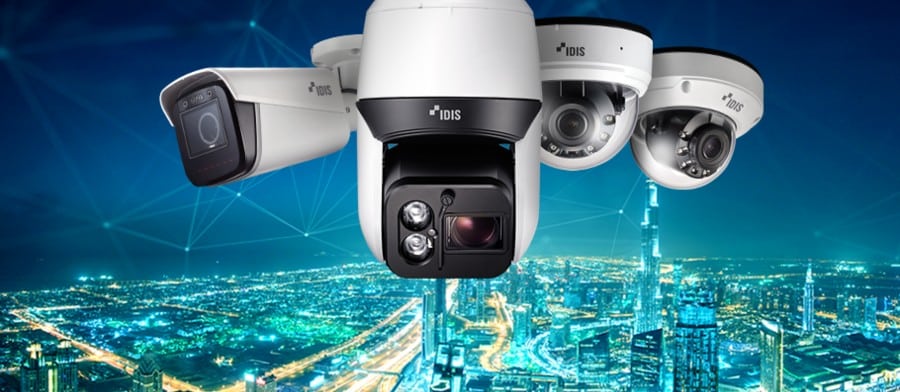
Canada AI CCTV Market Set for Rapid Growth with Advancements in Traffic Management and Surveillance Technologies
Share

The Canada AI CCTV Market is on a strong upward trajectory, is projected to reach USD 2,782 million by 2030. According to a new report from Next Move Strategy Consulting, the market is expected to grow at a compound annual growth rate, CAGR of 25% by 2030, driven by technological advancements and the increasing adoption of AI-powered surveillance solutions.
Discover More – Get a FREE Sample Today!
A key factor fueling the growth of the AI CCTV market in Canada is the adoption of AI CCTV at traffic signals by governmental organizations. AI-powered surveillance systems are now being used to detect and recognize license plates, which plays a crucial role in improving traffic management, law enforcement, and urban safety. By enabling swift and accurate identification of license plates, AI CCTV helps monitor traffic violations, locate stolen vehicles, and manage toll collections. This application not only enhances road safety but also highlights the growing importance of AI-driven surveillance in modern urban environments, contributing to the expansion of the AI CCTV market.
Moreover, breakthroughs in artificial intelligence, particularly in computer vision and machine learning, are fueling continuous advancements in the AI CCTV industry. The refinement of sophisticated algorithms enables AI surveillance systems to deliver advanced object recognition, pattern analysis, and predictive modeling. These capabilities greatly enhance the precision, intelligence, and overall efficiency of AI CCTV systems, positioning them as essential tools for organizations seeking robust security solutions. As AI technology continues to evolve, the accuracy and reliability of threat detection improve, solidifying AI-powered CCTV as a leading force in modern security technologies.
Despite its rapid growth, the AI CCTV market in Canada faces a significant challenge in the form of data security and cyber threats. As AI-powered surveillance systems become more interconnected and reliant on digital networks, the risks of cybersecurity breaches—such as unauthorized access, data theft, and manipulation—become more pronounced. Concerns over the protection of sensitive information captured by AI-powered CCTV cameras could hinder the broader adoption of these systems, as businesses and governments alike remain cautious about potential vulnerabilities.
Conclusion: The Canada AI CCTV market is poised for rapid expansion, driven by advancements in AI technology, the integration of AI-powered surveillance at traffic signals, and the growing demand for robust security solutions. While challenges related to data security and cybersecurity risks remain, ongoing improvements in AI algorithms and surveillance capabilities are ensuring that AI CCTV systems are becoming increasingly indispensable in urban and commercial environments. As the market continues to evolve, the combination of AI and cutting-edge surveillance technologies promises to enhance security measures, improve traffic management, and foster innovation within the Canadian security landscape. With continued advancements and the development of solutions to address data security concerns, AI CCTV is set to play a transformative role in shaping the future of surveillance in Canada.